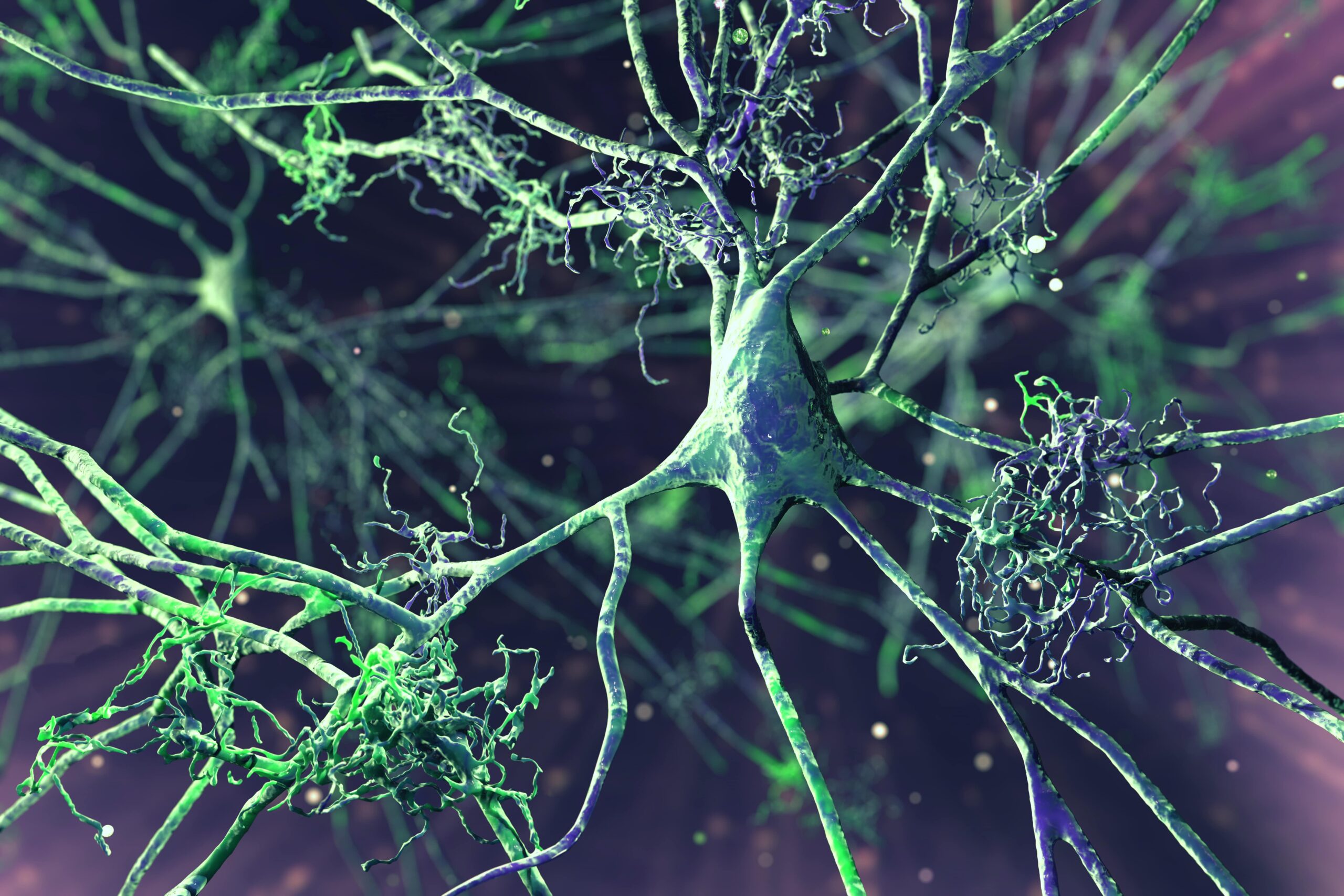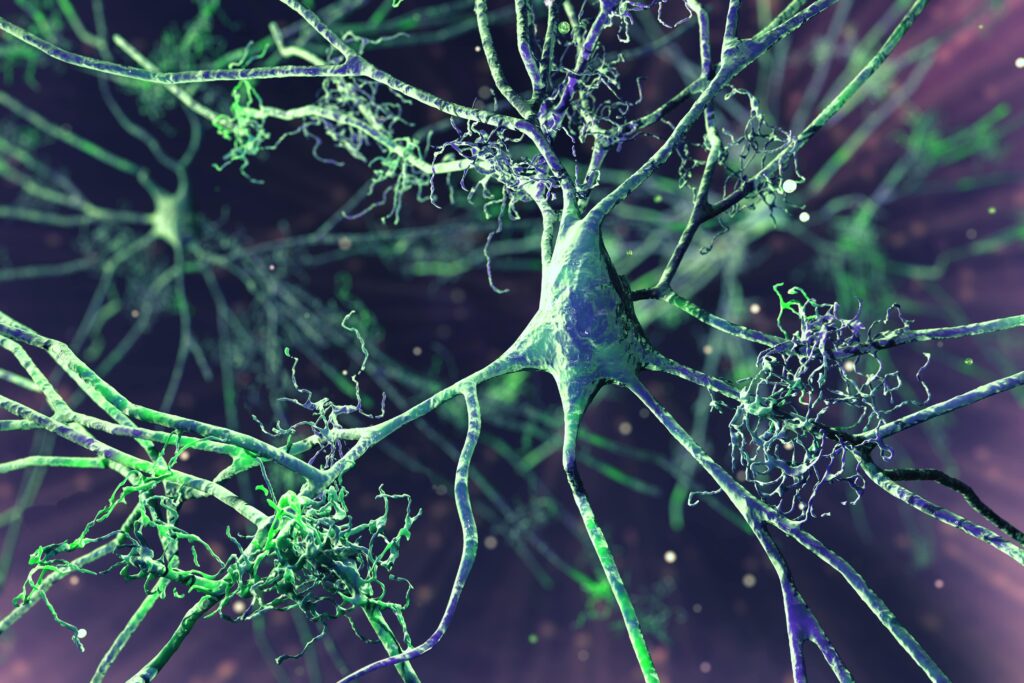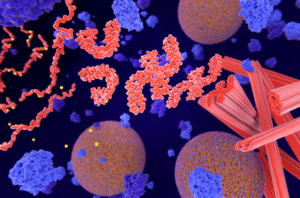Neurodegenerative disorders, such as Huntington’s disease, Alzheimer’s disease, and Parkinson’s disease, are characterized by the accumulation of protein deposits known as amyloids in the brain. Despite extensive research into the cause and toxicity of amyloids, little has been understood regarding the initial step in amyloid formation. But in a groundbreaking new study published in eLife, scientists at the Stowers Institute for Medical Research have successfully determined the structure of the amyloid nucleus as it occurs in most major neurodegenerative diseases. Their research also points to a revolutionary new strategy for how researchers approach treatment for amyloid-associated disorders like Huntington’s disease.
Unraveling the Structure of the Amyloid Nucleus
Neurodegenerative diseases affect millions across the globe, and their underlying mechanisms have been the focus of intensive investigation by researchers. But while scientists have long observed that the accumulation of amyloid aggregates is associated with many neurodegenerative diseases, the actual role that amyloid formation plays in these diseases has long mystified researchers. As Stowers Associate Investigator Dr. Randal Halfmann puts it, “One of the big mysteries of Huntington’s, Alzheimer’s, and ALS is why disease coincides with amyloid, yet the amyloids themselves are not the main culprits.”
Dr. Halfmann is one of the lead authors of a new research study that sought to unravel that mystery, and the results of that study appear to provide unprecedented insights into the structure and formation of the amyloid nucleus in Huntington’s disease.
One of the major discoveries outlined in the study was made by Tej Kandola, Ph.D., and Shriram Venkatesan, Ph.D., the study’s two co-first authors. Not only were they able to identify the structure of the amyloid nucleus in the huntingtin protein (the protein responsible for Huntington’s disease), but also, they observed that the nucleus forms within a single protein molecule. Moreover, the team learned that the clumping of these proteins prevents the formation or growth of amyloid structures.
PolyQ Diseases and Protein Folding
Polyglutamine (polyQ) diseases like Huntington’s and other amyloid-associated neurodegenerative diseases are characterized by an abnormal expansion of glutamine repeats in certain proteins. This expansion leads to the misfolding and aggregation of the proteins, resulting in the formation of amyloid deposits associated with many of these conditions. Therefore, this new study’s identification of the amyloid nucleus in Huntington’s disease provides researchers with a new and better understanding of the mechanism by which expanded polyglutamine repeats can induce protein misfolding and toxicity in a number of neurodegenerative conditions.
Implications for Future Therapeutics
What does this mean for future treatment options? As Dr. Halfmann summarizes, “For three decades, we’ve known that Huntington’s and related fatal diseases occur when proteins contain more than around 36 Qs in a row, causing them to form chains of proteins in the brain, but we didn’t know why. We’ve now figured out what the first link in the chain looks like, and, in doing so, have discovered a new way to stop it.”
Current research into therapeutics for Huntington’s has focused on lowering mutant levels of huntingtin — and thus far, they have not been successful. Dr. Halfmann’s team’s discoveries may lead to a massive paradigm shift in the way Huntington’s disease treatment options are approached from the outset. Rather than attempting to lower levels of huntingtin, the team’s research suggests a radical treatment alternative: targeting huntingtin molecules preemptively to delay nucleation and therefore decelerate disease progression.
The team plans to further explore this approach in animal models and brain organoids to develop potential future therapies — not only for Huntington’s disease but also for Alzheimer’s disease, Parkinson’s disease, and a range of other amyloid-related diseases.
Scantox is a part of Scantox, a GLP/GCP-compliant contract research organization (CRO) delivering the highest grade of Discovery, Regulatory Toxicology and CMC/Analytical services since 1977. Scantox focuses on preclinical studies related to central nervous system (CNS) diseases, rare diseases, and mental disorders. With highly predictive disease models available on site and unparalleled preclinical experience, Scantox can handle most CNS drug development needs for biopharmaceutical companies of all sizes. For more information about Scantox, visit www.scantox.com.










